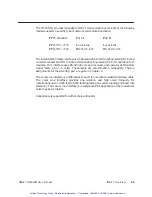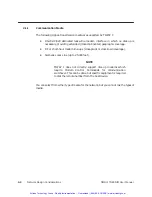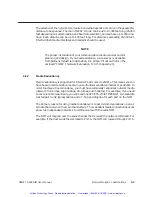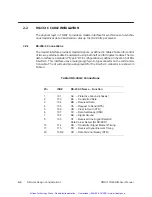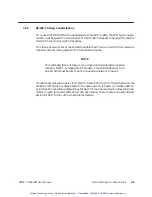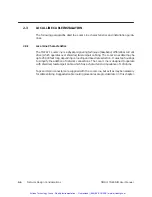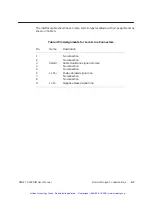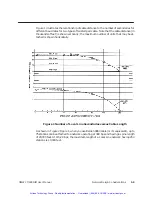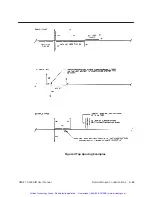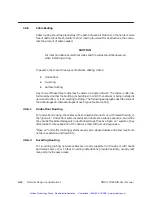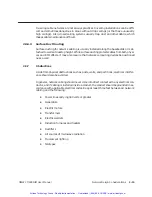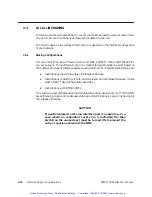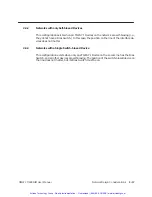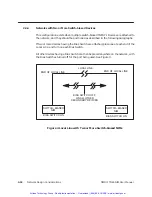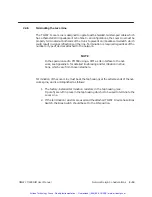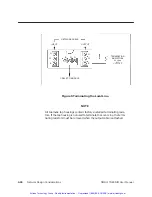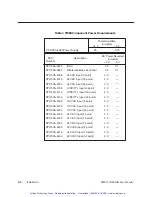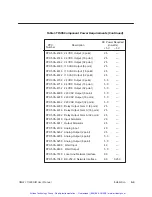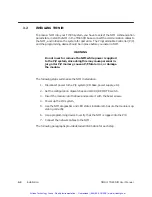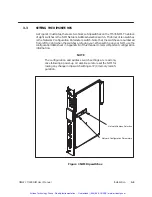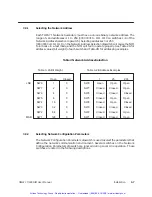
Network Design Considerations
2-12
TIWAY 1 TI505 NIM User Manual
2.3.4
Planning Considerations
Some major points to consider during the planning phase of a Local Line network are as
follows:
From the start, allow for system growth. This means making provisions for the
attachment of additional computing devices by routing cables through all
probable areas of future plant expansion.
Always make the network flexible enough to allow for re-arrangement of plant
equipment.
Since network system noise is usually picked up by the interconnecting wiring,
try to avoid routing the communization wiring near noise sources such as large
motor starters, high current switches, and transformers.
If cable redundancy is desired, the two cables should never be routed along the
same path, since the environmental or other factors which disable one cable will
very likely disable the second.
A detailed record of design and routing should be created and maintained. This
record should be complete enough to enable a user to trace and physically locate
all cable paths and hardware components.
2.3.5
Local Line Tap Spacing
To calculate the minimum distance between tap nodes, use the length of the dropline at
the last tap node. A tap node consists of either a single tap on the TIWAY I trunk cable or a
pair of taps separated by less than the minimum tap node separation distance. The mini-
mum distance between a given tap node and the next tap node on the network is equal to
one-half the length of the longer drop line at the given node.
No limit is placed on the number of NIMs that can be daisy-chained to form a drop line off
the main trunk as long as the resulting drop length is no greater than 100 feet. Figure 3
illustrates three typical examples of tap spacing.
Artisan Technology Group - Quality Instrumentation ... Guaranteed | (888) 88-SOURCE | www.artisantg.com


